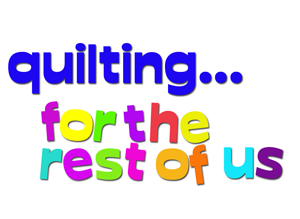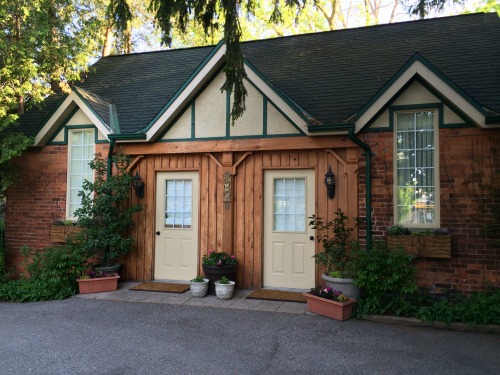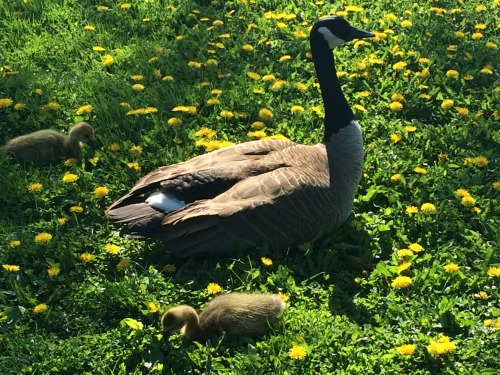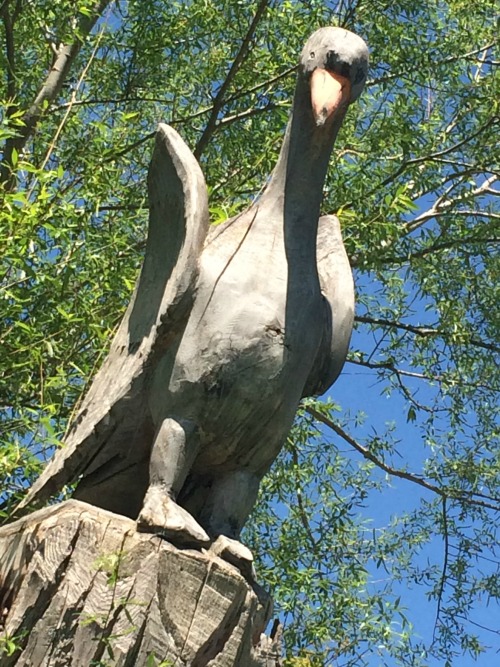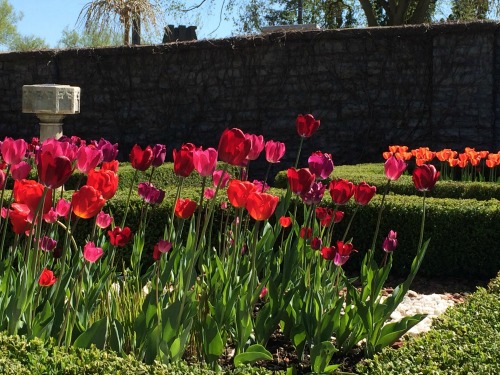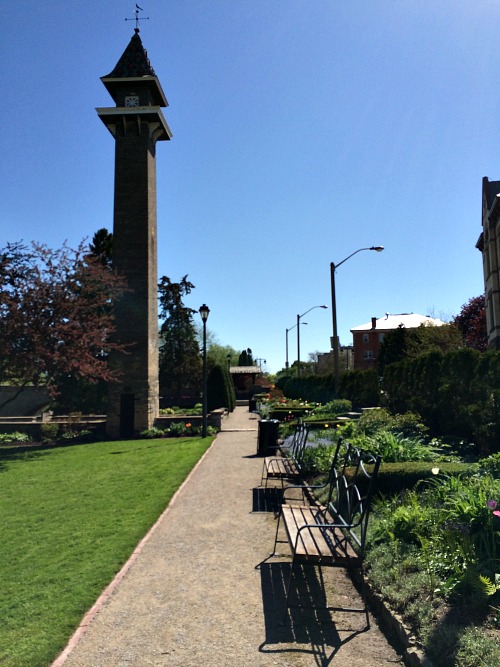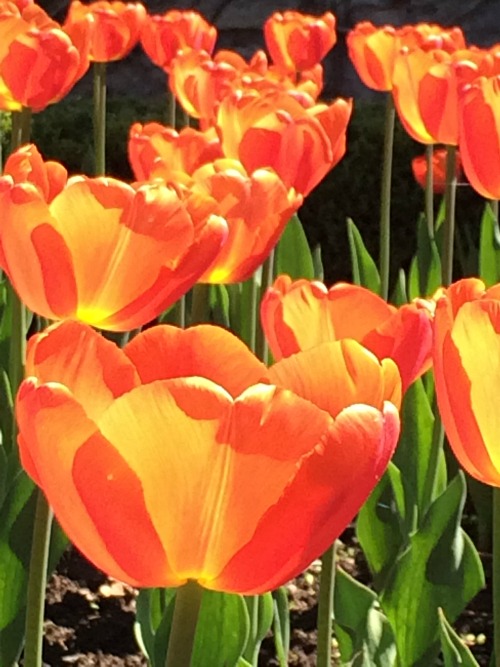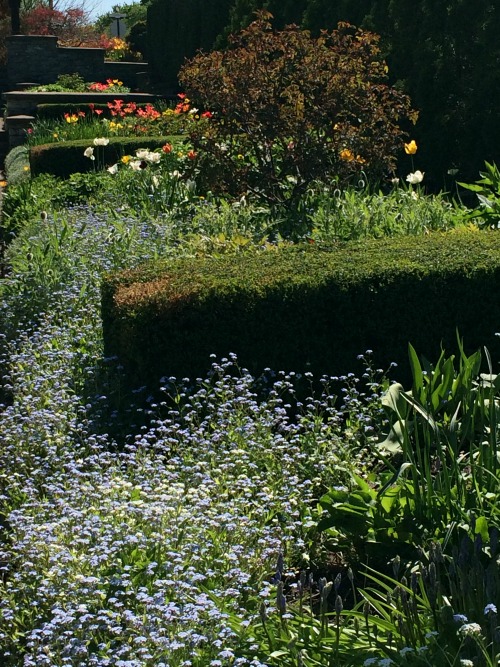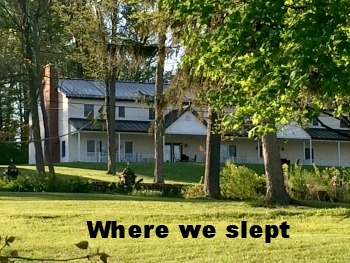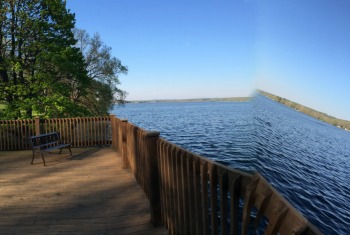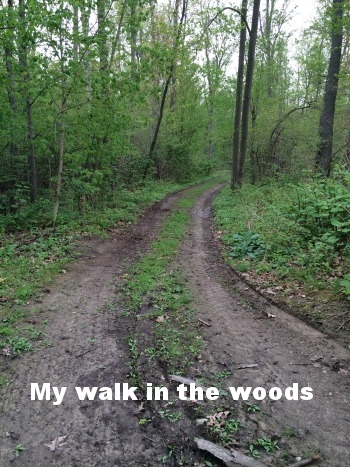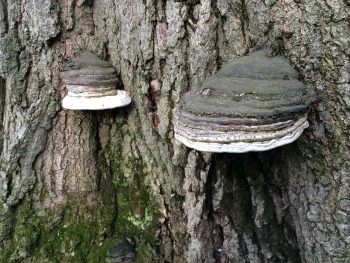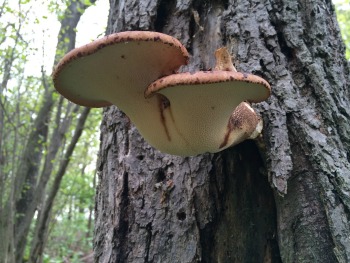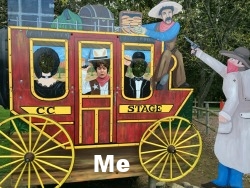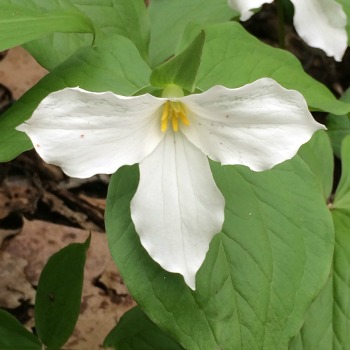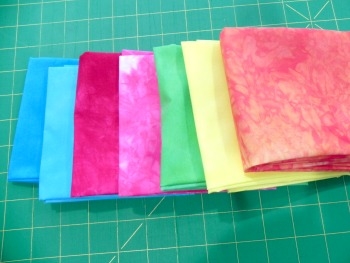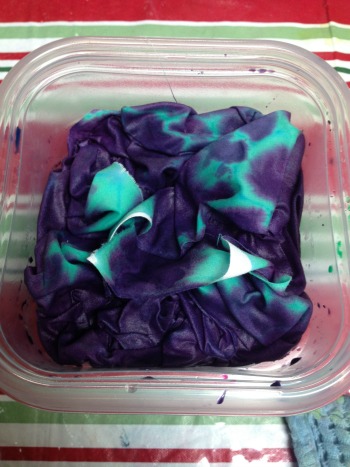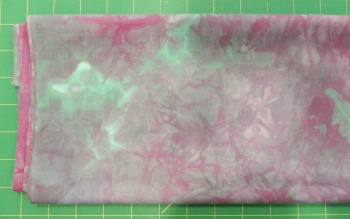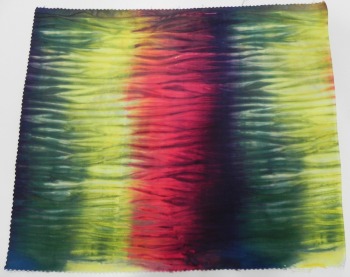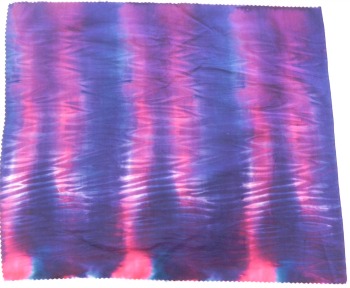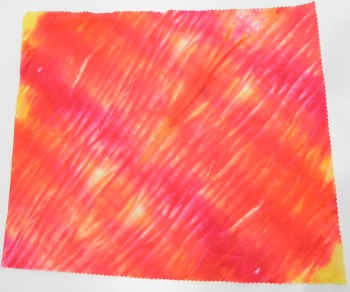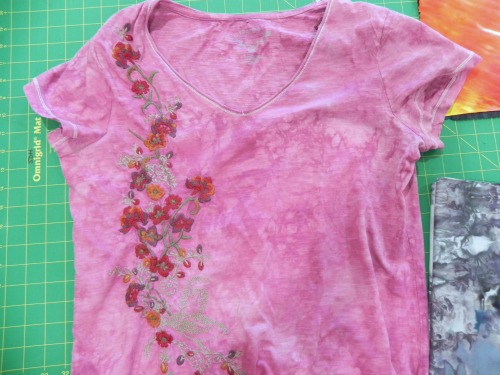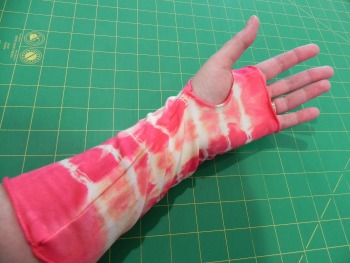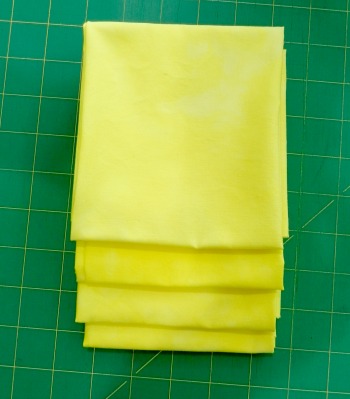I don't have time to do a full-on review this week, but I wanted to get the word out that one of my favorite quilt design study books, which had been out of print for a year or so, is now available for sale again. Woohoo!!!
Check out Heather Thomas' A Fiber Artist's Guide to Color and Design. It's available on Amazon (in paperback) or through Landauer Publishing (in print or ebook).
It should suffice as enough of a review to say that my quilt design study group has used Thomas' book for the last year and it has been far and away our favorite book to work with. To whit: we're nearly finished with all the workshops in the book. When we have completed them, we have decided to "wing it" by each member of our group taking a month and choosing a topic to lead the rest of the group through, still using this book as our foundational text. We'll pull in other resources as well based on whatever the challenge is that month, but we all really like this book and feel there's more we can get out of it if we spend even more time with it.
It really is a great book--good content, good layout, good explanations in the workshops (practice sessions)...all around very useful resource. You should definitely check it out!
